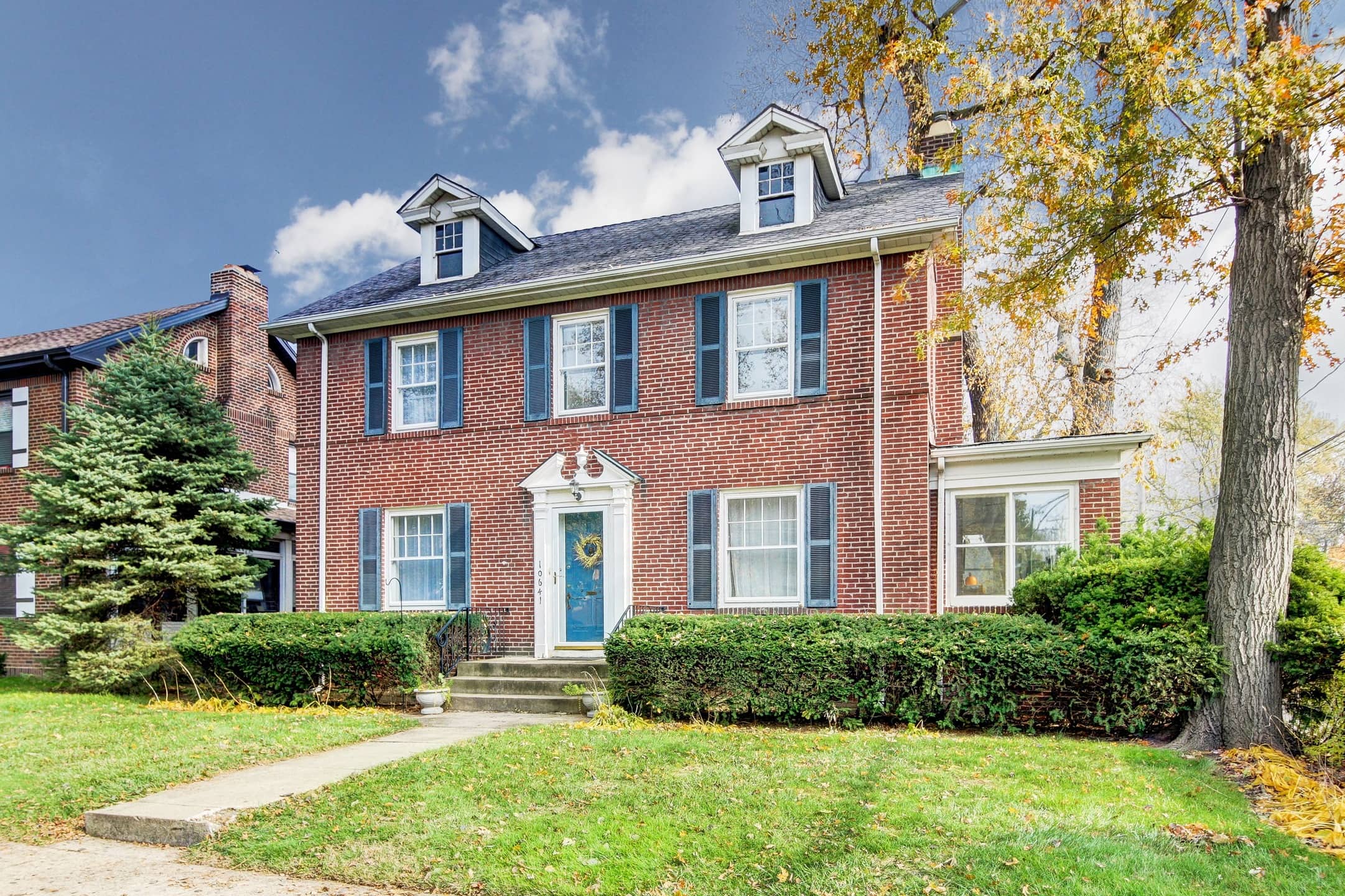
The charm of an older home can be so appealing to a buyer. Many older homes are very solidly constructed, and the finish details can be stunning. Even if the home has been restored and appears to be well maintained, you will need a thorough inspection to find out if there are any hidden issues. Your real estate agent can help set you up with the right inspector for the type of home you are looking to buy.
Here are a few of the important items that you will want to consider when looking into buying an older home.
Condition of Foundation
Historic homes were typically built with thick stone foundations. While stone is generally quite strong, the mortar used between the stones may not be that strong. Over time, mortar deteriorates. This can cause potential leaks or structural problems. Additionally, old stone foundations were not waterproofed on the exterior, which could lead to potential water damage.
Homes with concrete block foundations can experience the same problems. Be cognizant of cracks in foundations that might indicate uneven settlement or water infiltration. Newer homes have much better waterproof membranes on the soil side. Any smell of mildew in the basement should be a red flag that water has seeped in.
Type of Framing
One of the nicest things about the framing in older homes is that it is real wood, possibly heavy timbers. Newer homes are constructed of kiln-dried or engineered lumber. Have the inspector check for any termite or post beetle damage. Insects can wreak havoc on a home.
You will also want to know if the house was balloon framed. This economical method was popular in the mid-19th century. The one drawback is that the outside walls have a cavity that runs from the top of the foundation to the roof rafters. This cavity poses the potential for a fire to spread rapidly. This can be remedied by adding fire-blocking materials at the second and third floor levels, but it will cost you.
Get local advice at a free Home Buying class
Hazardous Materials
Houses built before the 1960s are likely to have layers of lead paint. These are probably hidden under fresh coats of paint, unless the owners had the lead paint removed by an abatement professional.
Asbestos is another material that is commonly found in older homes. Asbestos was used to insulate plumbing pipes, in floor tiles, and in the mastic used to lay them, as well as in wall and ceiling plaster. While asbestos is an incredible fire-stopping material, it is extremely hazardous if it is friable or airborne.
Remediation of either material is a pretty big job. Ask your agent to recommend a hazardous materials specialist who can test for these materials, if you suspect they are present.
Mechanical Systems
Some older homes have what is called knob and tube wiring. The trouble with this type of electrical wiring is that the paper insulation around the wires usually doesn’t last. The wires then become exposed, creating a potential fire hazard.
Plumbing pipes in older homes could be brass with lead-based solder or galvanized steel. Neither of these will hold up and both could make your supply water hazardous to drink. Your inspector can identify pipe material easily, and you can do a 3-second test of the water with lead detection strips, similar to litmus paper.
The heating system is an easy thing to check. If there is a boiler, find out if it is more than 20 years old. Have the chimney inspected for any deterioration or soot build-up. And, find out what condition the radiators are in to make sure the system is still working.
Be a Savvy Shopper
When shopping for a new home, be prepared to ask plenty of questions. If the home is listed as “for sale by owner”, you and your agent shouldn’t be shy about speaking directly with the owner about any concerns you have. Knowledge is key. When buying an older home, you may be in for some upgrades and renovations. This could be as simple as changing out some windows or as complicated as rewiring the whole house, just know that this comes with the territory. Try to enjoy the process and your new home!



























 United States
United States Canada
Canada